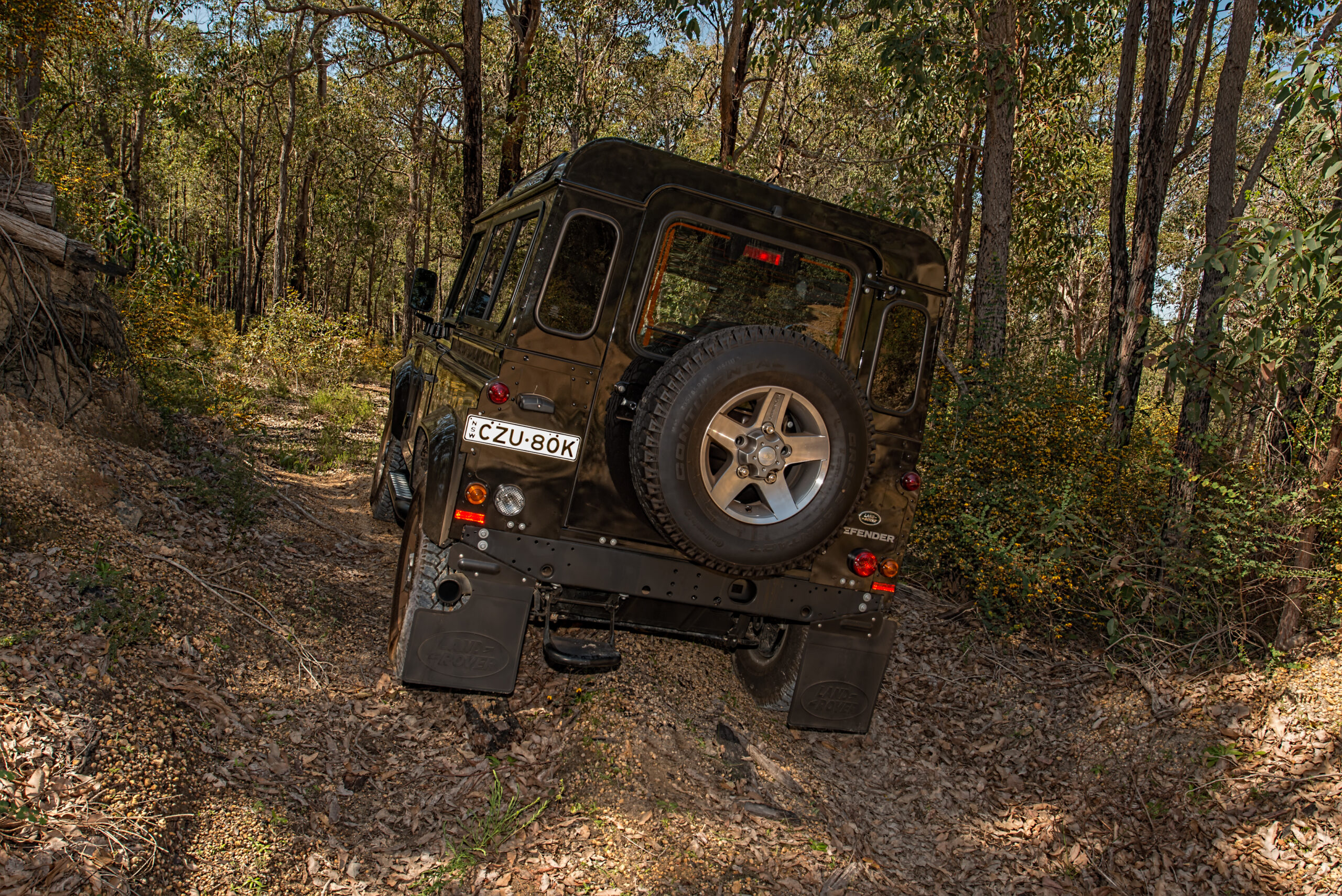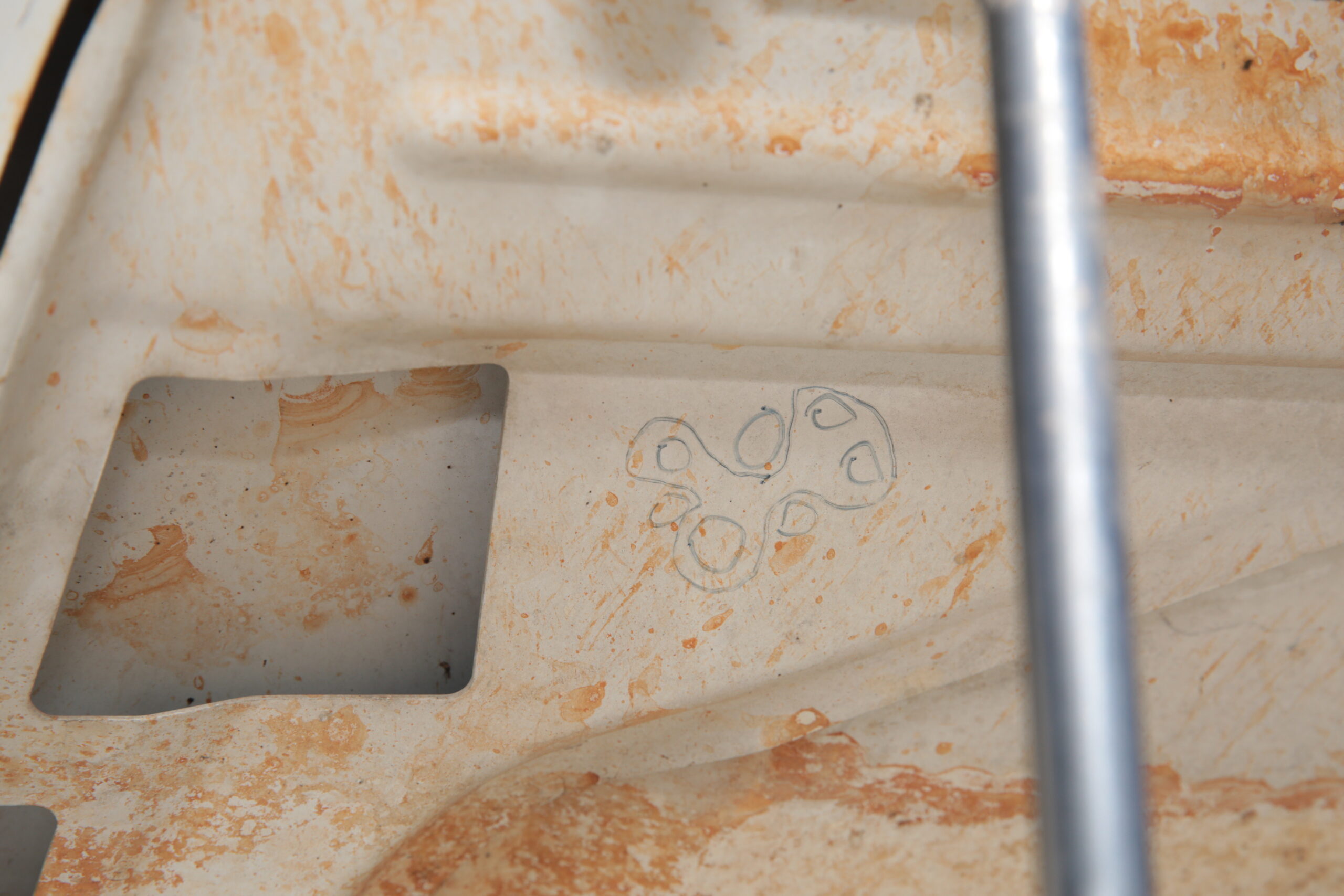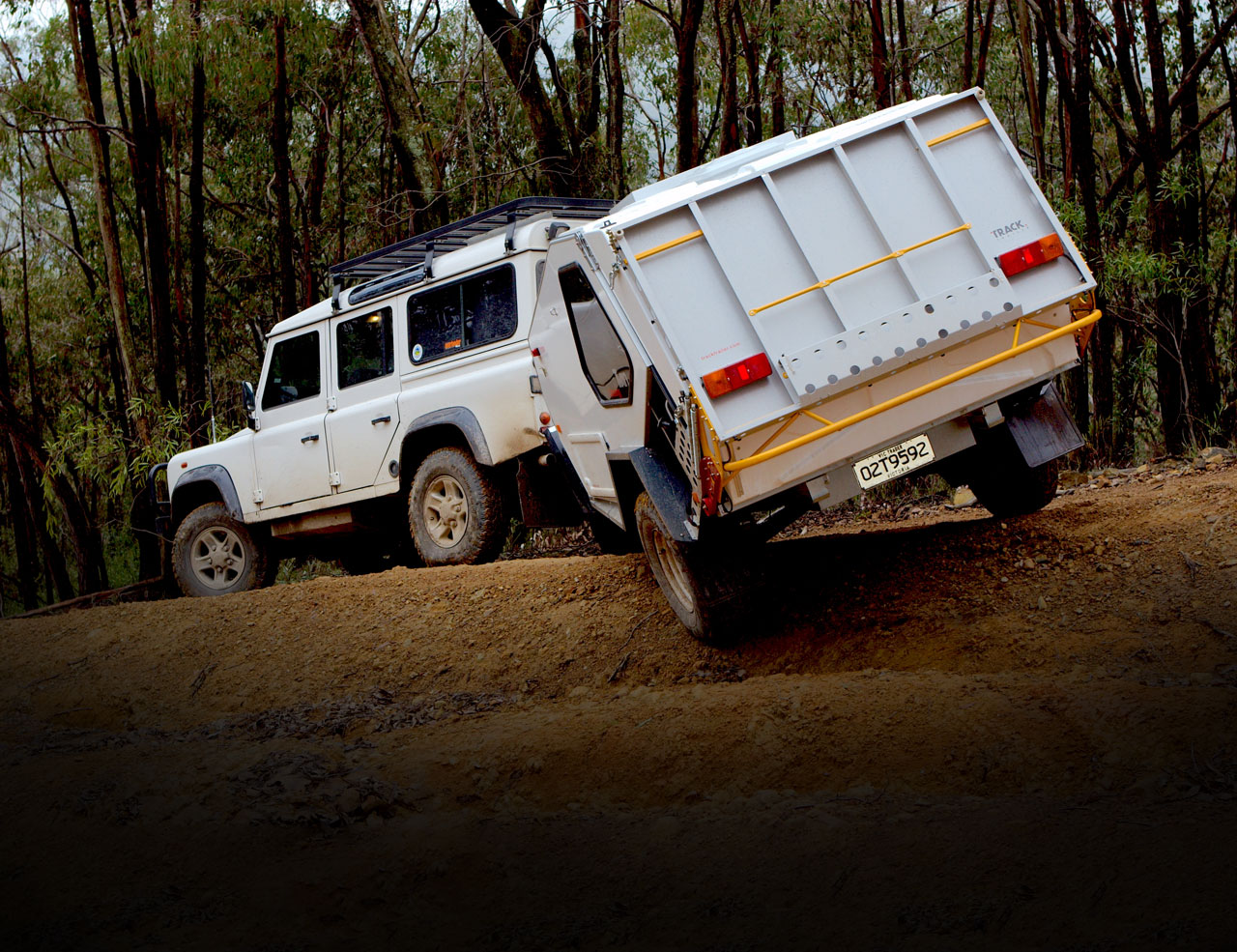It’s a shame to say – but older, mechanical and live-axle 4WDs are slowly disappearing from our tracks. They are getting rustier and more worn out, gradually being replaced by the next generation of 4X4 ‘shininess’ with modern tricks and efficient drivelines with tonnes of electrics and computer-based algorithms designed to do everything from maximising traction to making you a latte.
But what has really changed? Sure, the engines are more complex and highly-strung, but a diesel still only needs air and fuel to run. Suspension stuff is mostly still the same. And a lot of the old, time-honoured techniques still work well these days. We’ve compiled a list of hard earned lessons to keep your new school 4×4 running with some old school tips and tricks
Have you tried turning off and back on again?

That works on your computer, right? Newsflash: Unless you’re part of the mechanical-injection troglodyte society, your 4X4 has more computer power than NASA had in the ’60s. The old-fashioned reset technique you use on your computer also works for your chariot – clearing faults that might or might not come back again. Give it a whirl before getting too concerned, even disconnecting the battery for an hour if you need to
Make sure you really power it off
If you’ve disconnected your battery in the hope of clearing some kind of electrical fault without luck, you do have another trick up the sleeve. With the battery disconnected and cleared out of the way, touch together the positive and negative leads from the car. This will dissipate any residual electrical current in the car’s system, making for a more complete re-boot.
Pro Tip: Every vehicle is different in this regard. Some do a re-boot after a set time, while others will do it if you cycle the ignition key a few times. Do your research, and find out what works for your model.
A fine selection of sprays

On top of your typical selection of spray cans, modern 4WDs do appreciate a few more tinned, propelled tonics for your 4X4. Two of our favourites are contact cleaner for electrical connections and circuits, and also a MAF sensor cleaner. Each time we change or inspect an air filter, we get the opportunity to give the MAF (Mass Air Flow) sensor a bit of a spray, to clean any dust from it.
Cleaner cleaners
An exhaust pipe isn’t just an exhaust pipe and muffler these days – it’s now a complex system of filters, sensors and catalysts that help our diesel engines stay on the right side of the law. These things need occasional attention; and while a can of DPF or EGR cleaner isn’t the complete solution, carrying one can help sort out niggling problems on the road.
Fuel filtration tricks

Modern common-rail engines run at high pressures and low tolerances, meaning “She’ll be right” isn’t as accurate as it once was. It’s a problem that’s easily managed, with some good old-fashioned filtration. If you’re spending lots of time out in the bush, we’d recommend you fit some kind of auxiliary fuel filter that targets small-micron particles and water – especially if you’re filling up from jerry cans or remote bowsers.
Put the fun back into funnel
When we get back from a desert trip that uses jerry cans, we’re always astounded to see a fair amount of dirt in the bottom of an empty drum. Inevitably some of this grit is going to get into your tank, and into your fuel system. One easy way to get around this is using a flash funnel that acts like a primary filter for your fuel. It doesn’t replace any of your other filters, but it can extend the life of your filters and fuel system… and is just an old-fashioned good idea.
Hit it with a hammer

Don’t laugh; this technique still has lots of relevance these days. Keep the ballpein away from your sensitive electronics, but don’t be shy with things like starter motors, stuck fasteners or sticky solenoids. A nice little tap can still go a long way.
Pro Tip: If hitting it with a hammer didn’t work, hit it harder. If it breaks, it’s not my fault.
Bush fixes
Even though the latest 4WDs are so modern, simple bits of gear like zip ties, fencing wire and rescue tape can still get you out of the poo (when said poo hits the fan). Modern 4X4s still have hoses and fuel lines that can be patched up, and we’re always amazed at what you can get away with some zip ties and ingenuity.
If you’re really stuck, try things like pantyhose or zip ties as a belt; and cranking the heater inside will always help to cool an overheating engine. Just because it’s modern and dings when your seatbelt is off, doesn’t mean it’s untouchable.
Pro Tip: Carry a box of tricks with you – including tie wire, zip ties, rescue tape and metal putty.
Is it terminal?

Plaguing errors on your car can often come from small, easy-to-miss problems. One usual suspect worth looking at, especially on modern vehicles, is your battery terminals. If the terminals or battery posts are worn, damaged or the wrong fit, the dodgy supply of voltage can have all sorts of knock-on effects throughout the vehicle. Ensure the connections aren’t loose, and damage or corrosion isn’t affecting anything.
Pro Tip: Carry a decent-quality multimeter and know how to use it. Make checks throughout your electrical system to help find faults and diagnose problems (not just at the battery).
Serpentine artwork

Gone are the days of a simple fan belt that runs your fan and alternator. Modern 4WDs all have serpentine belts that run through much more complex series of pulleys and idlers.
The problem with a serpentine belt system is that when you lose a belt, you aren’t going to know how to re-feed it through. But here’s one of our favourite tricks. Grab a Texta and (underneath your bonnet) make a drawing of how it works. It’s a kind of ‘mud map’ for the belt.
Pro Tip: Change your belt before a big trip, for three reasons. You will have a good spare that fits, you will know how to change it, and you’ll know what tools you need to carry.
Extra little tricks
Every vehicle is programmed differently, and they all have little hidden tricks and features that can help out in a sticky situation. For example, our Defender has the world’s dodgiest fuel gauge, which means we’ve run out of fuel a couple of times. To prime the fuel system and purge air out on a TD5-powered Land Rover, turn your key to ignition and pump the accelerator pedal five times. This will get the fuel pump to run through five 30-second priming cycles for you, without you having to touch a spanner.
Pro Tip: Get reading! Look at your owner’s manual, and source a workshop manual as well. Beyond that, Internet forums for specific makes and models can be a trove of information if taken with a grain of salt (actually, make that a good pinch).
Quick Links
Read the Unsealed4x4 Bush mechanics special!









